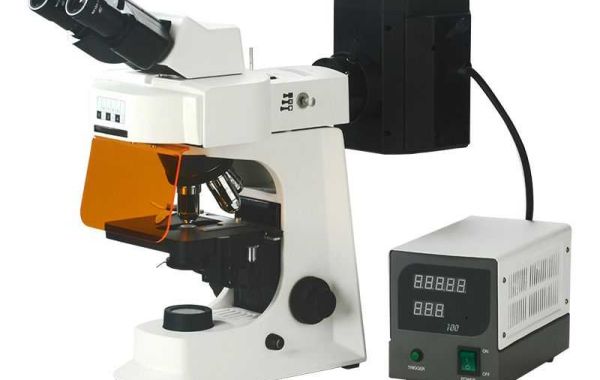Inverted microscopes have some disadvantages that may make them unsuitable for some applications. Here are some of the most common disadvantages:
- More expensive: Generally speaking, inverted microscopes are more expensive than other kinds of microscopes. This is because they demand more specialized components and require a more sophisticated manufacturing process.
- Limited accessories: There are fewer accessories available for inverted microscopes than for other types of microscopes. This is because inverted microscopes are not as common, so there is less demand for accessories.
- Limited magnification: Compared to other types of microscopes, such as upright microscopes, inverted microscopes often have a lower maximum magnification. This is due to the fact that the objective lenses are situated below the stage, which limits the amount of room that can be used for the specimen.
- Difficult to view thick specimens: The use of inverted microscopes for examining thick materials, such as tissue sections, can be challenging. Due to the specimen having to receive light twice, loss of contrast and resolution may result.
Inverted microscopes have a variety of benefits overall, but they also have significant disadvantages. You should carefully analyze the benefits and disadvantages of using an inverted microscope before deciding whether it is the best instrument for your needs.








